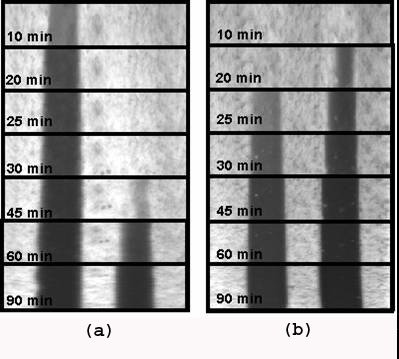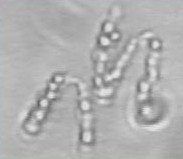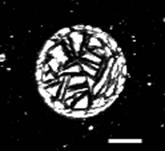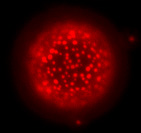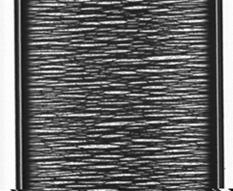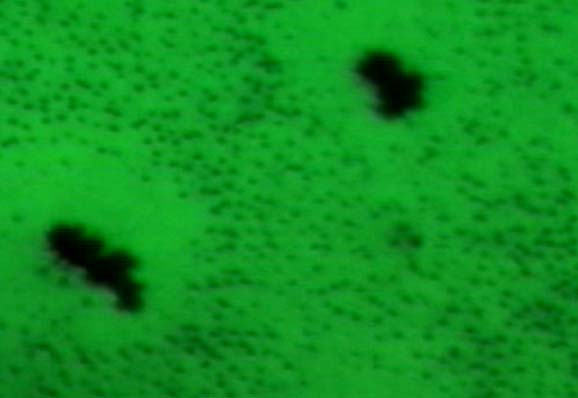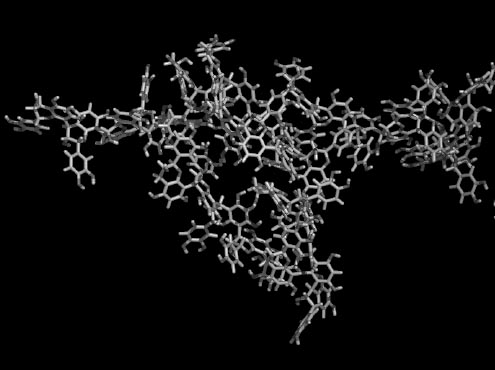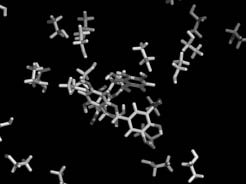|
|
|
|
|
|
|
|
|
|
|
|
|
|
|
|
|
The Gast Group The Gast Group investigates the physical and chemical processes governing the behavior of macromolecular liquids. We aim to understand molecular forces and their influence on bulk properties through a combination of colloid science, polymer physics, and statistical mechanics.
Many analytical and chemical processes must be cleverly scaled down to deal with nanoliter volumes and nanomoles of reactants. Among the chemical processes to be miniaturized, effective reactor mixing and separations are two of the most challenging. Most of the current state of the art relies on electrokinetic processes to transport analytes and products around the device. In this work another control parameter, a magnetic field, is added to the system. This provides a means to manipulate microscopic fluid flows in conjunction with, yet separately from, electrokinetics. The self-assembly of magnetic colloidal particles into chains forms the heart of this project. When tethered in patterns to surfaces, they provide a magnetically actuated means to manipulate microscopic fluid flow. The fundamental issues we study include: the dynamics and flexibility of chains of magnetic colloidal particles in small channels and tethered to surfaces, the fluid mechanical behavior of arrays of magnetic particle chains, the chaotic advection created by magnetic beads in fluctuating fields, and the filtering and sieving capabilities of magnetic bead arrays.
Proteins provide interesting albeit complex macromolecules whose interfacial properties are of great significance. We are investigating the unique crystallization properties of proteins tethered to lipid monolayers. Here fluorescence microscopy reveals ordering phenomena of great interest for both biological applications and fundamental physics. Point mutations allow us to alter the protein-protein interactions in a systematic and detailed way and thus to investigate the molecular basis for the ordering behavior. These experimental techniques can also be applied to study integral membrane proteins and complex lipid organization in model biological membranes
Magnetorheological (MR) suspensions are composed of paramagnetic colloidal particles that acquire dipole moments when subjected to an external magnetic field. At sufficient field strengths and concentrations, the dipolar particles rapidly aggregate to form long chains. Subsequent lateral cross-linking of the dipolar chains is responsible for a rapid liquid-to-solid-like rheological transition. The unique, magnetically-activated rheological properties of MR suspensions make them ideal for electrical-mechanical transducers. We work toward a microscopic understanding of magnetorheological behavior. Optical gradient force trapping techniques, or laser tweezers, have become increasingly important tools for studying the microscopic structure, mechanics, and interactions in biological, colloidal, and macromolecular materials. We also study the micromechanical properties of dipolar chains and chain aggregates in a magnetorheological suspension using optical traps. Using dual-trap optical tweezers, we are able to directly measure the deformation of dipolar chains parallel and perpendicular to the applied magnetic field. We observe the field-dependence of chain mechanical properties, such as tensile strain, chain reorganization, defect-annealing, and rupture.
We are engaged in a number of studies of the adsorption and association properties of polymers. The association of block copolymers into micelles has been the focus of light, x-ray, and neutron scattering investigations in our group. In these projects we investigate the structure of long polymer chains in micelles, and probe the interactions between micelles at low and high concentrations. We have recently begun to systematically study the behavior of highly branched polymers known as dendrimer-like stars. We have found, through small angle x-ray scattering studies, some structures. We also investigate the behavior of these systems with small angle neutron scattering. We complement our experimental studies with models from statistical mechanics. |
||||||||||||||||
